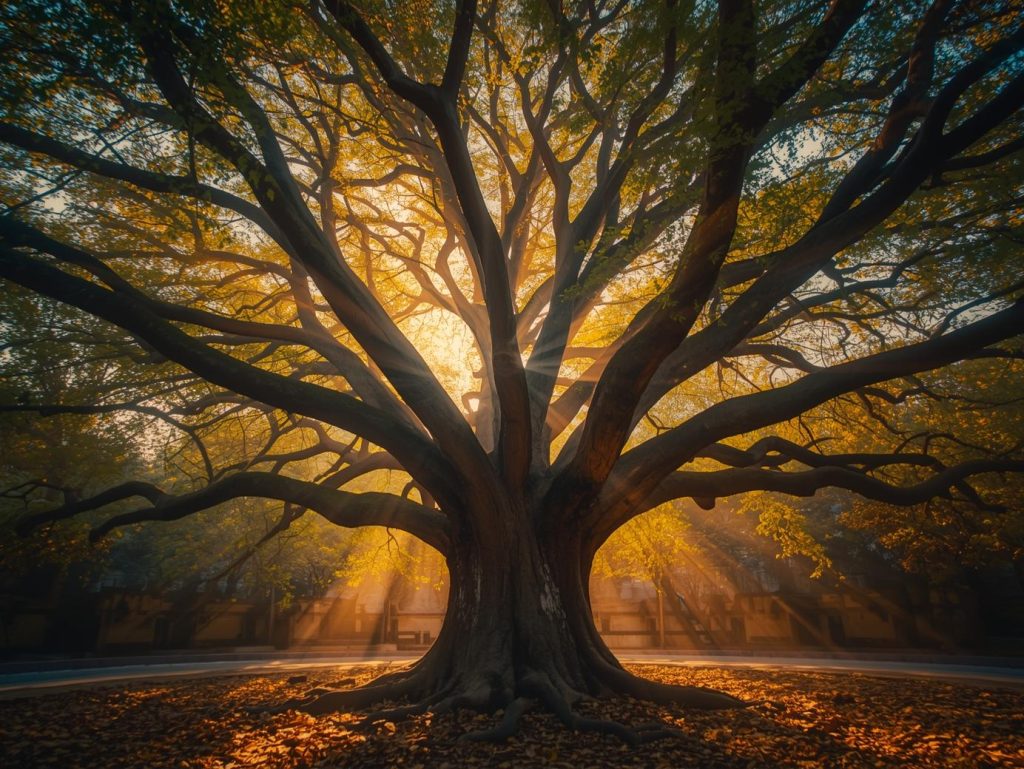About Us
- Home /
- About Us
Divine Life Story
The extraordinary journey of the 20th tirthankara from royal prince to enlightened master
Birth and Royal Beginnings
Bhagwan Munisuvrata Swami, the 20th Tirthankara, was born in Rajgruhi (Bihar) as the son of King Sumitra and Queen Padmavati. From childhood, he was inclined towards spiritual vows and discipline, which earned him the name Munisuvrata. His emblem is the Tortoise (Kachhap) and his color is black.
Renunciation and Ascetic Life
At the age of 30, realizing the impermanence of worldly pleasures, he renounced his royal life and accepted the ascetic path. He engaged in deep meditation, compassion, and austerities with great emphasis on ahimsa (non-violence), following the true spirit of spiritual discipline.
Attainment of Omniscience
After years of severe penance and spiritual practice, he attained Kevala Jñāna, the state of absolute knowledge. Following this attainment, celestial beings created a Samavasarana (divine preaching assembly), where he delivered sermons for the upliftment of all living beings.
Final Liberation
After a long and spiritually accomplished life, Bhagwan Munisuvrata Swami attained moksha at Sammed Shikharji in Jharkhand. He became a Siddha, a liberated soul forever free from the cycle of birth and death.
Sacred Symbolism
Sacred Symbolism connected to Parshvanath and Jain tradition

Tortoise Symbol (Lanchhana)
The bull represents unwavering strength, patience, and steadfast devotion to dharma. Just as a bull remains calm yet powerful, Vasupujya Bhagwan embodied serene strength in his spiritual journey.

Divine Radiance
The golden color represents divine wisdom, spiritual illumination, and the pure consciousness that Vasupujya Bhagwan attained. Gold symbolizes incorruptibility and eternal value.

Tree of Enlightenment
The Banyan tree, under which Vasupujya attained Keval Gyaan, symbolizes longevity, stability, and the interconnectedness of all life. Its extensive root system represents deep spiritual grounding.

Divine Guardians
Kumara Yaksha and Gandhari Yakshini are the celestial attendants of Vasupujya Bhagwan. They represent the protective divine forces that guard the dharma and assist devotees.
Historical References
Ancient scriptures and archaeological evidence that validate the historical existence of Bhagwan Munisuvrata ji
📜 Ancient Scriptures
Kalpa Sūtra
Records the lives of Tirthankaras, including Munisuvrata’s birth, renunciation, and liberation.
Avashyaka Niryukti
Mentions vows and rituals that highlight Munisuvrata’s strict adherence to ahimsa (non-violence).
Buddhist Texts (Anguttara Nikaya)
Some ancient texts contain references to ideals of vows and non-violence resembling those emphasized by Munisuvrata.
Uttarādhyayana Sūtra
Contains teachings and references to vows, discipline, and renunciation followed by Munisuvrata.
🏛 Archaeological Evidence
Sammed Shikharji (Jharkhand)
The sacred site where Munisuvrata attained moksha, revered as one of the holiest Jain pilgrimage places.
Rajgruhi Inscriptions
Ancient inscriptions near Rajgruhi (Bihar) reference devotion to Munisuvrata.
Ancient Caves & Idols
Depictions of Munisuvrata with the tortoise emblem found in Bihar and surrounding regions.
Mathura & Kankali Tila Findings
Excavations in Mathura have revealed Jain idols, some attributed to early worship of Munisuvrata.
Legends & Spiritual Significance
Sacred stories and profound spiritual meanings that inspire devotees across generations

The Divine Bull's Blessing
Legend tells that when Prince Vasupujya was born, a magnificent white bull appeared in the royal courtyard and bowed before the newborn. This divine bull remained as a guardian throughout his childhood, symbolizing the strength and purity that would characterize his spiritual journey. The bull's presence was seen as a cosmic sign that this child was destined to become a great spiritual teacher who would guide humanity with unwavering strength and compassion
The Enlightenment Under the Banyan
The sacred Banyan tree under which Vasupujya attained Keval Gyaan is said to have bloomed with golden flowers at the moment of his enlightenment. The tree's branches spread wide, creating a natural mandala that reflected the cosmic knowledge he had attained. Legend says that the tree continues to bless devotees with wisdom and that meditation under any Banyan tree can connect one to the divine consciousness that Vasupujya achieved.

